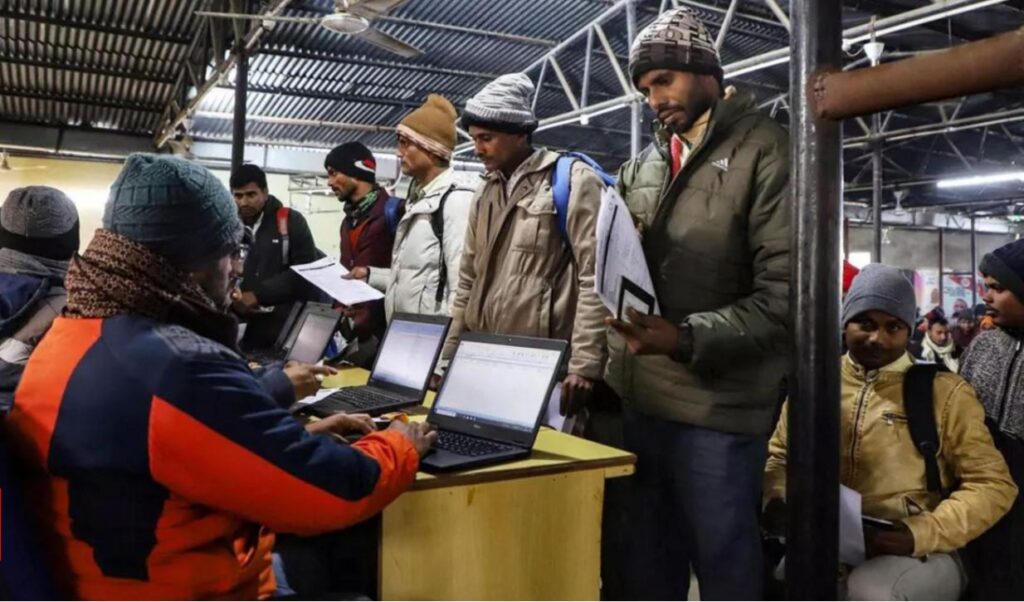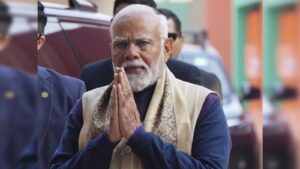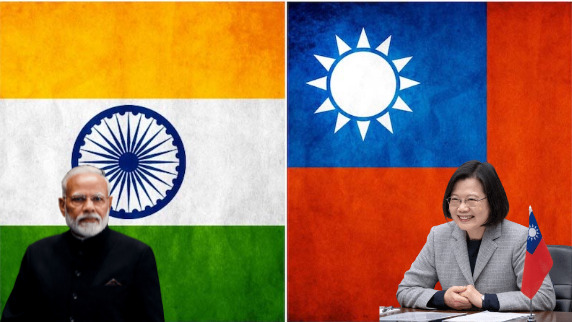Inking a pact on migrant labor, Taiwan and India have solidified an understanding, paving the way for the South Asian nation to emerge as a labor source for the island. The labor ministry disclosed on Friday that Taiwan will govern the influx of Indian workers and determine the sectors they will be allocated to.
As conveyed by the labor ministry, India has pledged to undertake the recruitment and training of workers in alignment with Taiwan’s requirements. The official statement outlines that the ministry will duly inform legislators about the Memorandum of Understanding (MOU) and conduct subsequent meetings with Indian counterparts. The declaration of India as a novel reservoir of migrant labor will transpire once all preliminary groundwork is completed.
Taiwan, grappling with the challenges of an aging population, is compelled to seek an augmented workforce. In contrast, India is confronting a sluggish economy unable to generate sufficient employment opportunities for the burgeoning number of young entrants into the job market annually. By 2025, Taiwan is anticipated to evolve into a “super-aged” society, with the elderly constituting over a fifth of the total population.
A preliminary, limited-scale initiative will be initiated initially. Success in this endeavor will pave the way for an increased intake of Indian workers, although the statement refrains from specifying the potential numbers. The actual count of workers permitted will be determined by Taiwan, with no explicit mention of the earlier reported figure of up to 100,000 Indian workers.

Contrary to previous speculations, Taiwan has disavowed claims of permitting such a substantial number of Indian workers. Although diplomatic relations between India and Taiwan remain informal, there exists a robust business affiliation. India aspires to attract greater investments and manufacturing ventures from Taiwanese technology companies, despite not having official ties with Taiwan, which is claimed by China.
In summary, the MOU between Taiwan and India sets the stage for the latter to serve as a crucial labor source for the former, addressing Taiwan’s demographic challenges while providing employment opportunities for the burgeoning workforce in India. The nuanced details of the agreement emphasize Taiwan’s meticulous control over the inflow of Indian workers and the sectors they will contribute to, underlining the significance of this collaboration in the broader context of regional economic dynamics.











